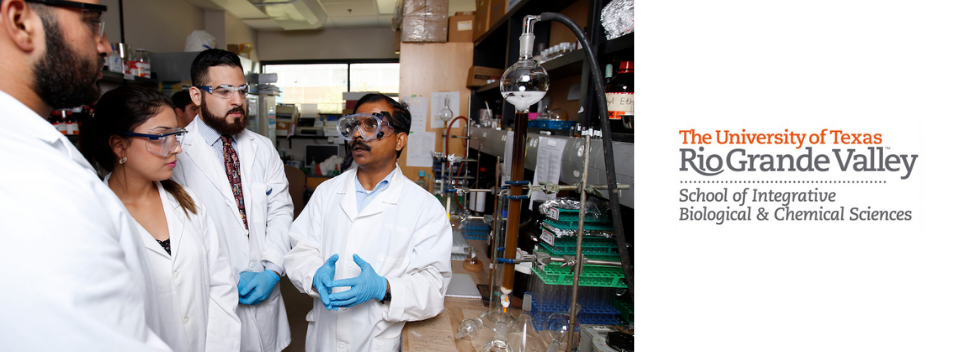
School of Integrative Biological & Chemical Sciences Faculty Publications and Presentations
Document Type
Article
Publication Date
9-30-2024
Abstract
Rocky planets may acquire a primordial atmosphere by the outgassing of volatiles from their magma ocean. The distribution of O between H2O, CO, and CO2 in chemical equilibrium subsequently changes significantly with decreasing temperature. We consider here two chemical models: one where CH4 and NH3 are assumed to be irrevocably destroyed by photolysis and second where these molecules persist. In the first case, we show that CO cannot coexist with H2O, since CO oxidizes at low temperatures to form CO2 and H2. In both cases, H escapes from the thermosphere within a few 10 million years by absorption of stellar XUV radiation. This escape drives an atmospheric self-oxidation process, whereby rocky planet atmospheres become dominated by CO2 and H2O regardless of their initial oxidation state at outgassing. HCN is considered a potential precursor of prebiotic compounds and RNA. Oxidizing atmospheres are inefficient at producing HCN by lightning. Alternatively, we have demonstrated that lightning-produced NO, which dissolves as nitrate in oceans, and interplanetary dust particles may be the main sources of fixed nitrogen in emerging biospheres. Our results highlight the need for origin-of-life scenarios where the first metabolism fixes its C from CO2, rather than from HCN and CO.
Recommended Citation
Johansen, Anders, Eloi Camprubi, Elishevah van Kooten, and H. Jens Hoeijmakers. "Self-oxidation of the atmospheres of rocky planets with implications for the origin of life." Astrobiology 24, no. 9 (2024): 856-880. http://doi.org/10.1089/ast.2023.0104
Creative Commons License

This work is licensed under a Creative Commons Attribution 4.0 International License.
Publication Title
Astrobiology
DOI
http://doi.org/10.1089/ast.2023.0104


Comments
Copyright The Author(s) 2024. Published by Mary Ann Liebert, Inc. This Open Access article is distributed under the terms of the Creative Commons License [CC-BY] (http://creativecommons.org/licenses/by/4.0), which permits unrestricted use, distribution, and reproduction in any medium, provided the original work is properly cited.